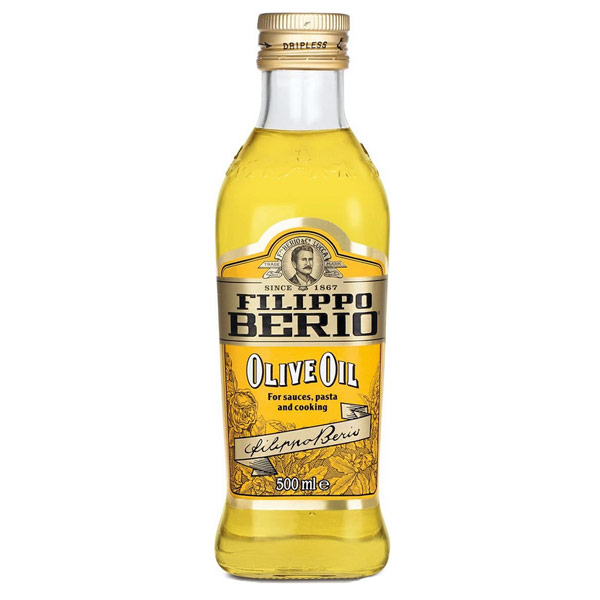Оливковое рафинированное масло, Рафинированное и нерафинированное оливковое масло. Основные различия | Интернет магазин "Оливия"

Оно является обязательным компонентом большинства блюд, обеспечивая им не только великолепные вкусовые качества, но и обогащение витаминами и антиоксидантами. Масло миндаля, рафинированное Испания. Это может означать то, что это масло не прошло контроль качества в своей стране. Pure refined olive oil is used in the production of mayonnaises and sauces. Какое оливковое масло выбрать Такое подробное описание процессов и стадий рафинирования растительных масел приведено для того, чтобы показать «изнанку» процесса производства недорогих оливковых масел, которые продаются в супермаркетах.
Это масло всегда будет иметь светло- зеленый оттенок, на несколько тонов отличающийся от нерафинированного продукта, более слабый вкус и аромат.
В нем нет осадка, и оно абсолютно прозрачно. Хранить его можно при любой температуре и освещенности. Оно совершенно не капризно и не требует соблюдения особых условий. При выборе подходящего масла никогда не опирайтесь только на его цвет. Он может существенно различаться не только из-за степени очистки, но и из-за сорта оливок, из которых получено масло, и региона, где они были выращены.
Как видите, и рафинированное, и нерафинированное оливковое масло имеет свои преимущества. Главное, всегда отдавать предпочтение качественному продукту, делая свой выбор, основываясь на последующем использовании.
Информация отправлена на Ваш email. Так же вы можете посмотреть подробности в личном кабинете. Вернуться назад Оливковое масло Льняное масло Рисовое масло Рапсовое масло Масло авокадо Масло виноградной косточки Кокосовое масло Масло грецкого ореха Масло тыквенных семечек Аргановое масло Лещиновое масло Кунжутное масло Миндальное масло Фисташковое масло Горчичное масло Конопляное масло Масло кедрового ореха Облепиховое масло Подсолнечное масло Рыжиковое масло.
Вернуться назад Томаты вяленые. Главная Статьи Рафинированное и нерафинированное оливковое масло. Основные различия. Рафинированное и нерафинированное оливковое масло. Косметика на основе оливкового масла Песто - соус из оливкового масла Уксус польза и вред Рафинированное и нерафинированное оливковое масло. Основные различия Бальзам и соус Льняное масло и его использование для красоты и здоровья Грецкий орех для мужчины успех! Напишите свой отзыв первым!
С этим товаром покупают Масло авокадо, рафинированное Испания. Масло авокадо, рафинированное Испания 1 0,9 кг р.

Масло макадамии, рафинированное. Масло макадамии, рафинированное 1 0,9 кг р. Масло миндаля, рафинированное Испания. Масло миндаля, рафинированное Испания 1 0,9 кг р.
Гидролат шалфея. Гидролат шалфея 1 1 л р. During the production of this oil the olives are not subjected to any processing, except washing, decantation, centrifugation and filtration. It is a product of the highest quality and the way it is produced has hardly altered since the days of ancient Egypt.

This type of olive oil has the greatest nutritional value which it retains for 18 months, and in some cases for as long as two years. It can be used like any other oil, but it is best used when preparing sauces and dressing salads, since it is a purely organic product which has many beneficial properties for a healthy way of life and it should be used just as it is.
The flavour of Extra Virgin olive oil depends on the type of olives from which it is made, and comes in various combinations of flavours: green fruit, like young apples or nuts, mountain grass, and tomatoes. But it should all have a bitter taste. If the oil is young and has only just been produced the bitterness is more marked, and if the oil has been in the bottle for more than six months the bitterness is less strong. This also depends on the type of olives and their blend.
It can be likened to wine. In order to achieve the optimum flavour winemakers mix wine of different types to arrive at the optimum flavour. But unfortunately this type of oil retains its properties less well over time. All Extra Virgin oils have a maximum acidity of 0.
The former means that both the olives and the process of producing the oil from them are from a specific geographical location, in a defined area, which is listed in the European Register under a specific registration number reg N…. This oil is subject to more stringent requirements.
The climatic conditions, production traditions, and the types of olives characteristic of the location, prevent the oil from being copied by other producers. This is why it is very expensive, being comparable in significance to the expensive wines of Rioja or Burgundy. Very little of this oil is produced in all the countries of the Mediterranean, and almost all of it stays in those countries, in Spain, Italy and Greece, for domestic consumption, with almost none of it exported. Only the very well-off can afford to buy this kind of oil.
And only professionals and experienced chefs can fully appreciate it. This oil can be found in luxury gourmet shops around the world. But its healthy properties are no better than those of a simple commercially produced extra virgin olive oil. The difference is only in the flavour. Beware of imitations. If you come across this type of oil at a low price in ordinary shops it is most probably a clever imitation aimed people with little knowledge of this subject.
IGP also denotes that the oil belongs to a specific region listed in the European register of agricultural products and foodstuffs.
In this region one or more stages of the production process may also be protected gathering the raw materials, processing and classifying the olives, producing the oil using a special process, that are historically characteristic of the region.
This is a strict code of practice, compliance with which is rigorously controlled by a special independent commission of the European Union. This oil is also very expensive, little is produced, and it is found only in gourmet shops.

Ask for the certificate of origin.